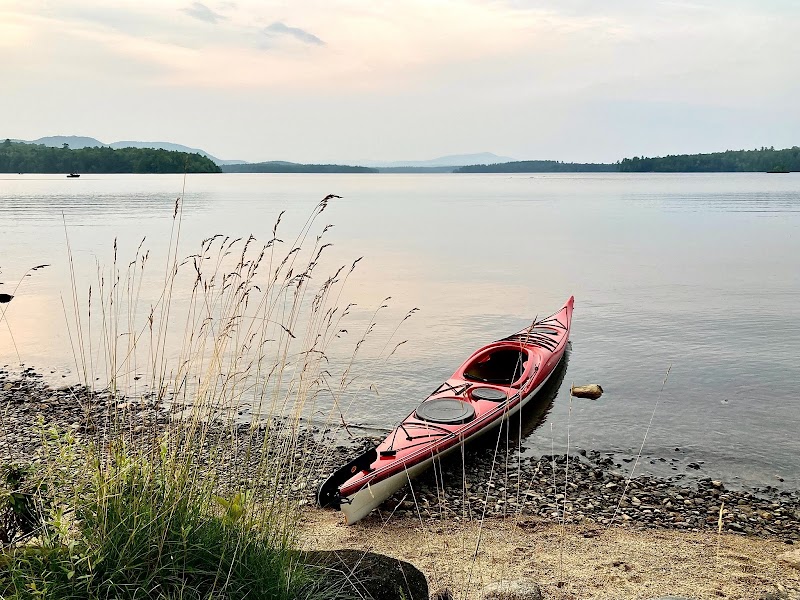
Umbagog National Wildlife Refuge Adventures
Umbagog National Wildlife Refuge protects a vast wetland and lake ecosystem straddling New Hampshire and Maine, offering outstanding opportunities for wildlife viewing, paddling, and outdoor exploration.
About Umbagog National Wildlife Refuge

Established in 1992, Umbagog National Wildlife Refuge encompasses over 7,500 acres of wetlands, forests, and open water primarily centered around Umbagog Lake on the New Hampshire-Maine border. The refuge protects important habitats for a variety of species including moose, bald eagles, loons, beavers, and numerous waterfowl. The landscape features mature forests, marshes, bogs, and shallow lake waters that support rare and common northern New England wildlife alike. Visitors are drawn to Umbagog for its excellent canoeing and kayaking—especially on Umbagog Lake where access points and campsites allow multi-day paddling trips. Trails through diverse forest types offer hikes suitable from easy nature walks to moderate backcountry routes. The refuge also supports hunting and fishing seasons, regulated to maintain ecological balance. The history of the area includes Native American use and later logging; today its management emphasizes habitat restoration and wildlife conservation. Scenic vistas, abundant wildlife, and peaceful natural settings make Umbagog a sought-after destination for birdwatchers, anglers, photographers, and campers in the Northeast. The refuge also contributes to regional conservation by linking habitats between Maine and New Hampshire and protecting the headwaters of the Androscoggin River.
Highlights
Umbagog Lake - extensive paddling, fishing, and wildlife habitat
Bald eagle nesting areas and frequent sightings
Diverse wetland ecosystems providing critical habitat for loons and waterfowl
Remote backcountry campsites accessible by canoe or on foot
Notable Natural Features
Umbagog Lake
Central to the refuge, this 7,850-acre lake supports diverse aquatic habitats and is the gateway for paddling and fishing adventures.
Bald Eagle Habitat
The refuge protects key nesting sites for bald eagles, providing excellent opportunities for viewing this iconic raptor.
Wetland Ecosystems
A mix of marshes, bogs, and wet forests supports a variety of rare and common wildlife species, including loons and beavers.
